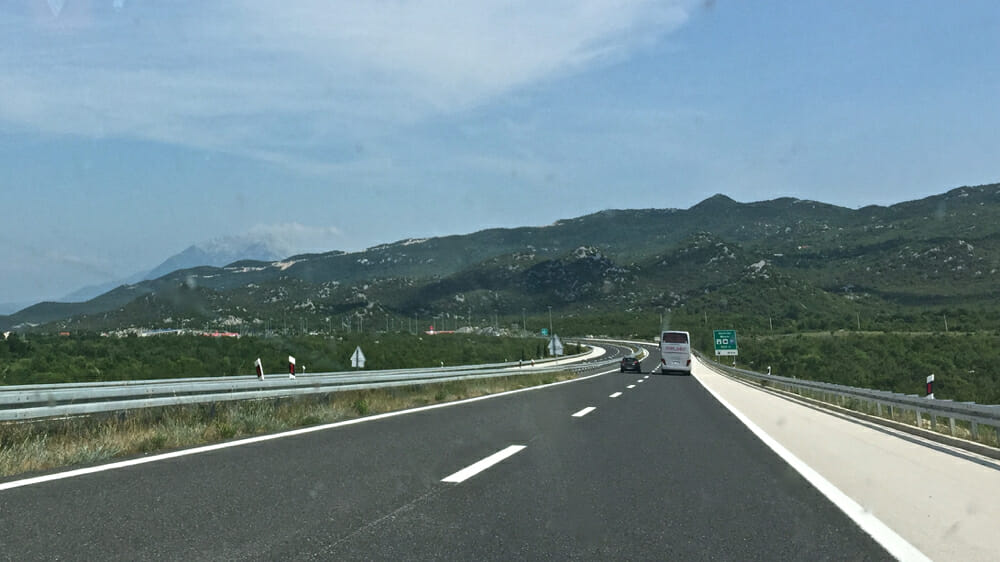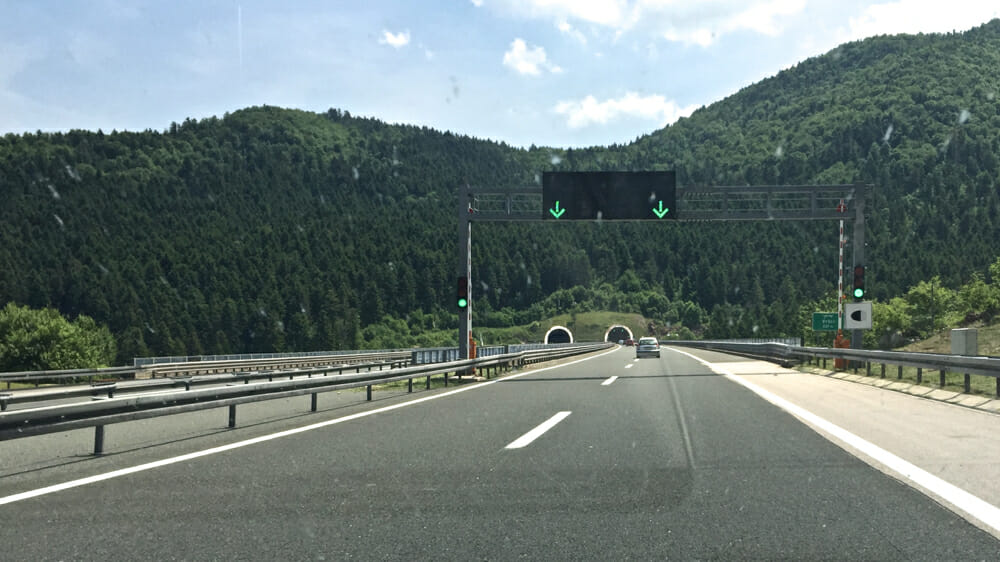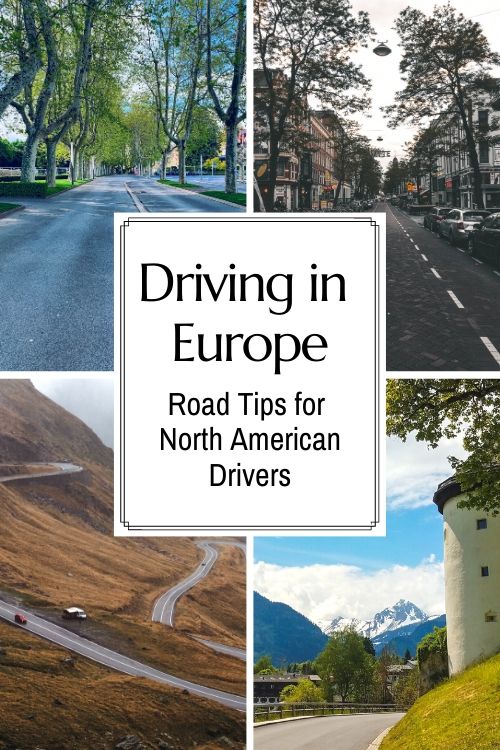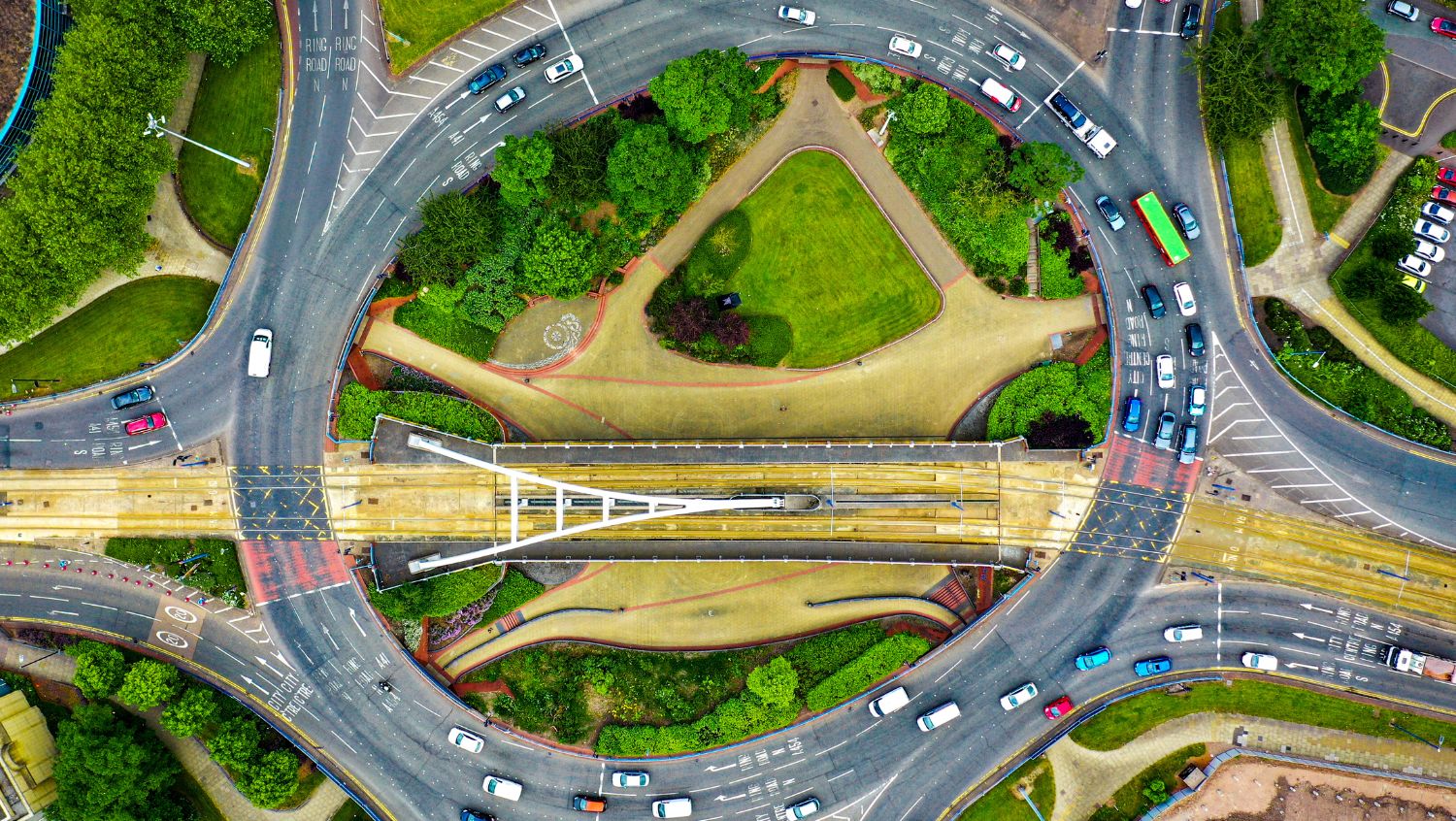I love to drive and I’ve done several road trips in Europe. The driving experience is the same but different. There are definitely some surprising and important Europe driving tips you need to know.
My longest road trip in Europe was 10 months in a VW pop-up van but that was 15 years ago now.
More recently I did a 2-week trip in Slovenia, Croatia, and Italy. Read: How to Plan a Fantastic Road Trip Around the Adriatic. It reminded me of all the small details that one needs to be aware of when driving in Europe. I think it’s worth sharing these driving tips for Europe.

What You Need to Know to Rent a Car in Europe
If you’re planning a road trip in Europe, there are likely a number of questions you want answered.
- Can I drive in Europe with my driver’s license from Canada or the United States? In most western European countries your licence from Canada or the US is sufficient. However, if you’re planning to stay for a long time or you’re planning to cross many borders, some you have not yet decided upon, it’s likely worthwhile getting an International Driving Permit. You can get one from the American Automobile Association or the Canadian Automobile Association. The expense is minor and it could come in handy. It could even lower the cost of a rental.
- Are there age limits on renting a car in Europe? If you’re between 25 and 69 you will have no age issues when renting a car. If you are under 25 or over 70 years of age, check the terms of the rental before putting any money down.
- What insurance do I need on a rental car? When renting a car, liability insurance is a typical part of the rental cost. That covers you for anything or anyone outside the vehicle. Damage to the vehicle due to a collision or theft is a separate issue. You can use coverage offered by the credit card that you pay with but there are a couple of caveats. Your credit card coverage may only apply to smaller vehicles and any upgrade may make the insurance useless. Also, in Italy and Ireland, credit card insurance is not accepted. This leaves you with the option of buying collision damage waiver (essentially, insurance) or you could see if you can buy collision insurance as part of your general travel insurance package.
- Are there cross-border restrictions on rental cars? Depending on where you’re planning to go, the answer could be yes. Understand your rental agreement fully, including any countries that are off limits for your rental.
- Can I rent one car and travel in Europe and the UK? Yes, but with the cost of transporting the vehicle across the English channel. You’re likely better to have two different rentals. This is what I did many years ago and I was pleased to have right-hand drive in Europe and left-hand drive in the UK.

My Best Driving Tips for Europe
- Always stay to the right. You may find it comfortable to stay in the center lane of a three-lane highway. Doing so avoids those coming up the on-ramp and those wanting to driving faster than you in the passing lane. But that’s not how it works in Europe. Unless you’re actually passing a car, stay in the right lane. The fact that you’re driving somewhat faster than most in the right lane doesn’t give you permission to sit in the center lane. Stay in the right and pass when needed or you will have cars with annoyed drivers coming up on your back bumper.
- Look at least twice before passing. Some people drive very fast in Europe. If you check your rear view mirror and see a car far back you can’t assume that you have time to pass. Check your mirror, and in a few seconds check it again to gauge how fast that car is going. You may or may not have time to pass.
- Use roundabouts correctly. Roundabouts keep the traffic moving if you know how to use them. You do not stop at a roundabout unless absolutely necessary. The traffic entering the roundabout always yields to the traffic in the roundabout. As you travel the roundabout, stay in the outside lane if you’re getting off right away. If you’re going to the second or third exit, move to an inside lane so that you create space for others entering the roundabout. Change lanes carefully. Signal your exit. If you miss your exit, stay safe and simply go around again.
- Learn to read international road signs. Signs are different than in North America but pretty standard across Europe with some small variations. Here’s a link to a comparison of European road signs and what they mean.
- Google Maps works great for navigation. We all know that there are times when Google Maps doesn’t work well but I found that it was very helpful just about everywhere I went in Europe.
- Avoid city centers if possible. When maps failed, it was always in the city. The centers of old cities can be a challenge to drive. Without a navigator, they can be more so. Unless you’re a very calm driver, as a solo traveler I would avoid driving in them if possible.
- Use toll roads for speed. Toll roads are not that expensive and are almost always the fastest route to wherever you’re going. They are also maintained better than other roads.
- Use non-toll roads for beauty. Rarely are toll roads and major highways the most beautiful routes. If you can, build more time into your itinerary so you can enjoy the countryside, stops in small towns, or visits to a winery on your travel day.
- Check the rules for turning right on a red light. Most countries in Europe don’t allow you to turn right on a red light unless there is an arrow indicating that you can. Assume that you cannot turn right on a red unless you’ve checked the rules of the jurisdiction you’re in.
- Don’t drink. Really! The blood alcohol content limits in Europe are lower than North America. Be very careful.
- Be prepared for a two-lane road to become a three-lane. European drivers tend to be more aggressive than those in North America. I have found that this especially applies for Italy. You can be driving on a two-lane highway and an oncoming car can decide to pass. It is your responsibility and that of the car being passed, to hug the right side of the road and create three lanes.
I hope you’ve found these driving tips for Europe helpful. For more on road trip planning, see Road Trip Alone with Confidence: 10 Tips for a Great Trip or our complete collection of road trip tips, stories, and itineraries.

Last updated: 26th March, 2024
